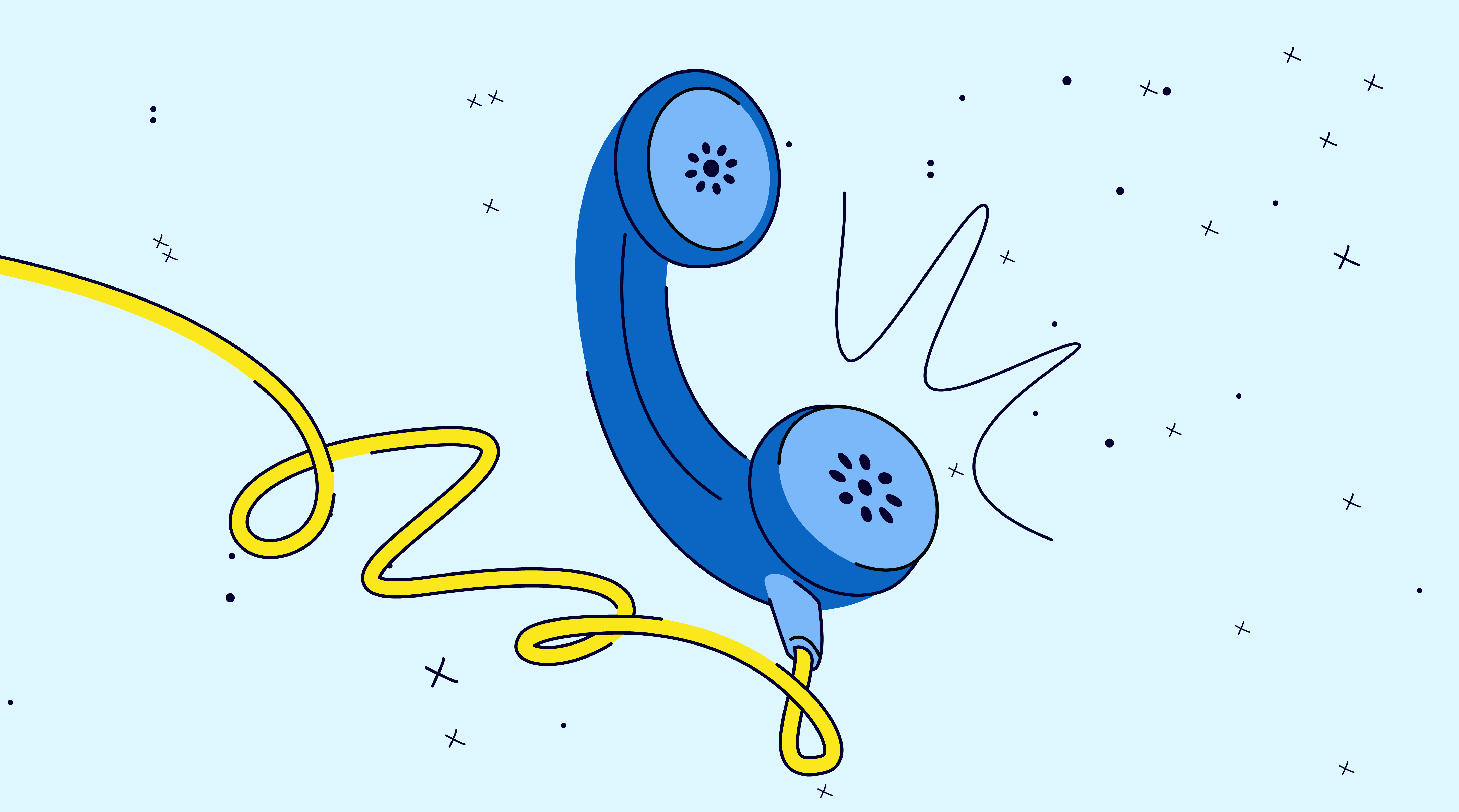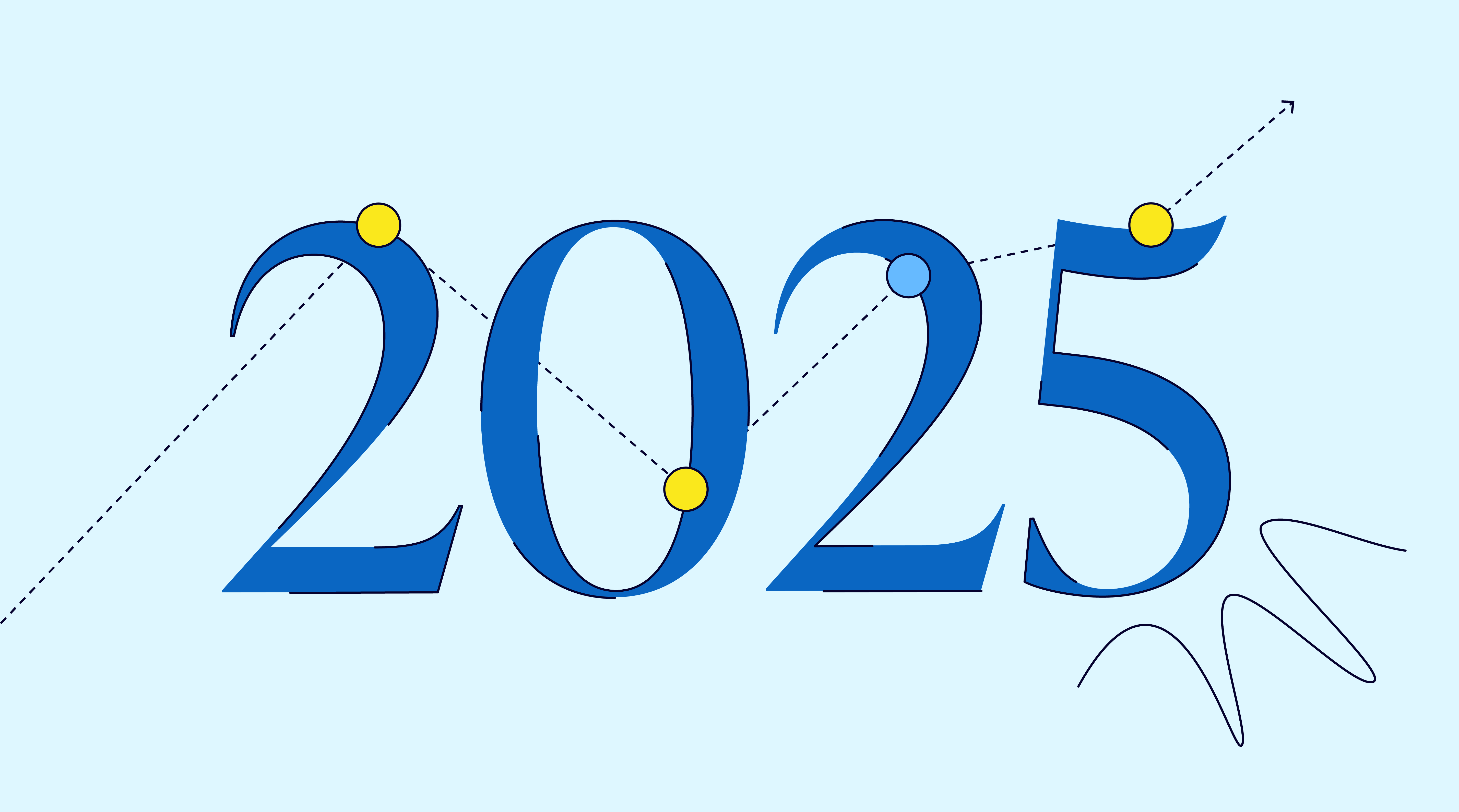Love it or hate it, businesses advertise everywhere you look and law firms are no exception. Whether it’s a sign on a bus stop or a TV spot, advertising has proven popular for generating clients. And it works.
When you don’t have a large team of marketing professionals working at your firm, partnering with a marketing agency can be a cost effective way to expand your reach. It can also be a waste of resources if you don’t do it right.
The team at Morgan & Morgan knows a thing or two about law firm advertising. Since the first TV spot aired in the early 1990s, our firm has continued to develop best practices for successful marketing strategies.
Here’s a guide for effectively partnering with an agency: the different kinds, how to pick the right one, and how to ensure the relationship is set up for success.
Marketing Agencies 101: They’re Not All The Same
There are over 14,000 marketing agencies in the United States alone. While all have the same objective of growing their client’s businesses, not all specialize in the same tactics. Coming in all sizes, some agencies offer an extensive range of services, while others focus on specific channels. Overall, there are two broad categorizations:
- Creative agencies focus on creating brand identities, developing brand strategies, and producing impactful brand messaging and campaigns. With teams of researchers, video producers, copywriters, photographers, and designers, they make creative content that aims to stand out to the intended audience. Creative agencies can work on everything from focus groups, to logo design, to Super Bowl commercials.
- Growth agencies focus on driving growth through media buying and digital channels. These types of growth agencies may be referred to as ‘media agencies’ and ‘digital agencies’ respectively. Media buying includes classic forms of advertising such as print, OOH (out-of-home, which includes billboards and other signage in public spaces), and TV. Digital agencies may focus on areas such as social media, digital display and video, SEO (search engine optimization), landing page optimization, and paid Google search.
The first step to choosing the right agency partner is identifying precise goals and objectives. If your firm has many ideas and wants support with creative execution, a creative agency might be the right choice. If you want quantifiable results and to easily measure the ROI of your ad spend, a growth agency might be a better choice. Many growth agencies may also have creative agency partners to work with clients on any creative production needed.
Before You Begin
The work of an agency should be an extension of your firm’s vision. To ensure that the partnership is effective, there’s work that needs to be done within your firm first.
- Hire an in-house marketing leader who can develop a marketing strategy and hold agency partners accountable. By knowing the precise questions to ask and buttons to push, a seasoned professional can ensure that your agency spend is most cost effective. There is a direct correlation between the directive given to an agency and the results they produce.
- Well-defined business objectives must be established. Internal metrics must be determined: such as the average cost per intake, fee, volume per week, and desired growth percentages. When onboarding a growth agency, it will be essential to connect business objectives to marketing objectives in order to properly ascertain the level of campaign success.
- Calculate your budget. A growth agency will usually charge between 8-15% of the media buy as a fee, with lower media spends typically resulting in higher percentage fees. If the budget is considerably low, it may be valuable to consider a smaller agency that works on retainer for specific objectives. The cost of creative agencies varies wildly depending on the customization of the work. Variables can include the amount of original footage wanted, shoot location, on-site acting talent, music creation or licensing, number of cameras on set, and more.
Choosing The Right Partner
You’ve identified your goals, calculated your target numbers, and exhausted your in-house resources. Now what?
Aside from choosing the type of agency you want to work with, you should also consider its overall size, ability to understand your firm’s vision, and identify any potential red flags in the pitch.
- Size matters. Agencies can have thousands of employees or consist of a handful of specialists. The size of the agency you choose should reflect the amount you’re interested in spending. For mega agencies with clients like Coca Cola and Unilever, the top resources and best work will go to the top spenders, while low spenders might not get the most attention. Choose a partner where your spend will make up a meaningful amount of their revenue to ensure that you’re getting top service.
- Being able to articulate your firm’s vision through a marketing framework is the biggest indicator that you’ve found the right partner. Having a history of law firm marketing isn’t strictly necessary. Instead, the right agency should understand your target audience, their media consumption habits, their interests, and the messaging that would resonate with them - and able to explain it all in non-marketing jargon.
- Watch out for big promises. Like with any prospective employee or business relationship, an agency should be aware of its strengths and weaknesses. Big claims like “being the absolute best” or results that seem too good to be true should be a warning to investigate further. The CPL (cost per lead) of in-house teams can serve as a benchmark for agency claims: promises of leads that are 20-30% cheaper than in-house results are likely too low quality to be valuable.
If goals are aligned and warning signs are absent, it may be time to sign on the dotted line.
Onboarding: A Critical Step
Even the perfect partner might produce less than ideal work. A thorough, thoughtful onboarding process is essential to maximizing results. A well defined SOW (scope of work) and creative briefs are key.
- An SOW, or scope of work, should include detailed descriptions of the project, timeline, deliverables, and payment terms. It should also be specific about what isn’t included in the project to avoid scope creep. Developing the SOW will be a collaborative effort between your firm and the agency.
- A creative brief is a requirement for any creative project. In addition to outlining the details of the project and any key deliverables, it should include background information about the intended audience, messaging points to include, and deadlines. Plus, always add any specific visual direction and links to relevant logo files, fonts, colors, or existing imagery.
Let The Advertising Begin
Whatever your marketing needs are, there’s an agency that can help. As a law firm, picking the right agency can dramatically increase the quantity and quality of your leads, but it’s not a quick fix. The #1 way to partner with an agency is to be prepared: have defined objectives and understand which type of agency is best for your budget. Ensure there’s internal alignment first and gather all the information needed to bring external groups up to speed.
And lastly, have some fun with it. You might just go viral.
Liked this article? Hit the share button below. If you want more content like this or have suggestions, we’d love to hear from you. Email us at info@themorganconnection.com.












